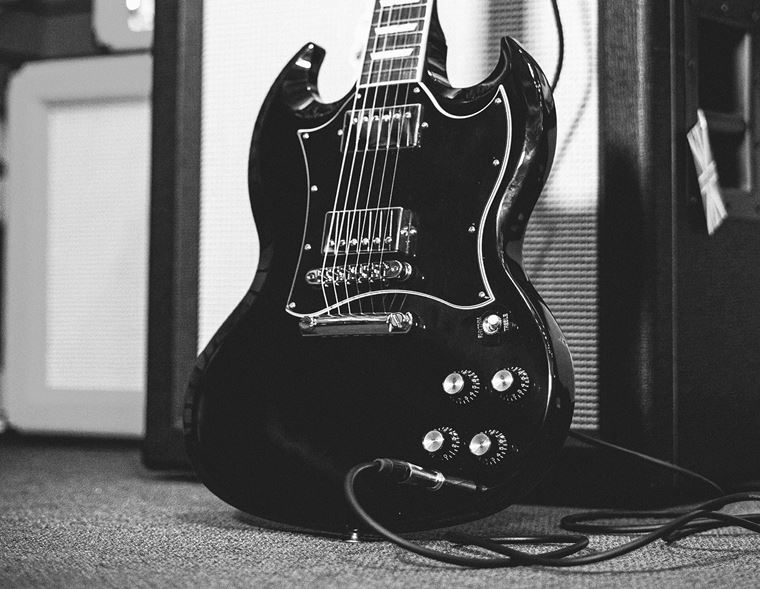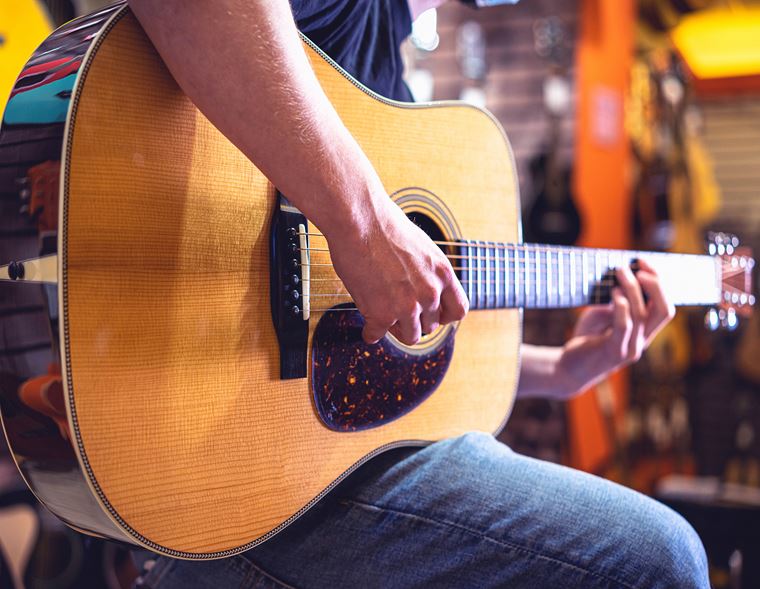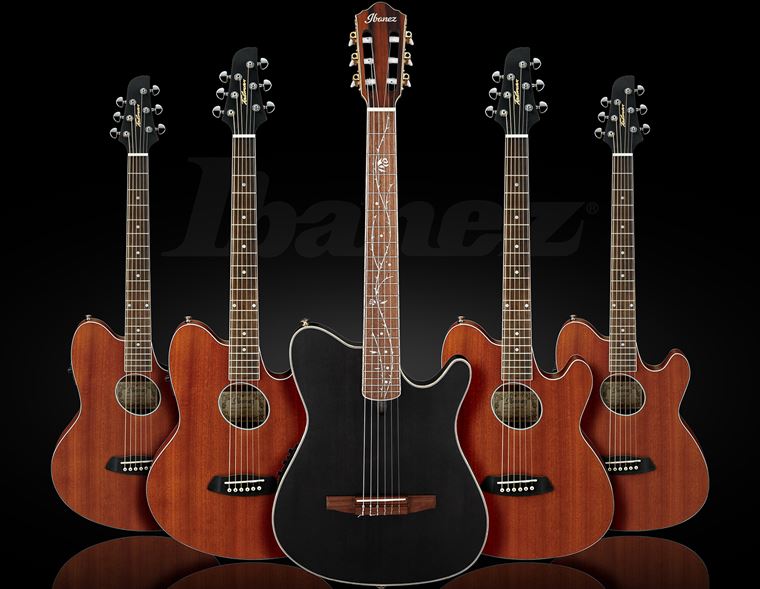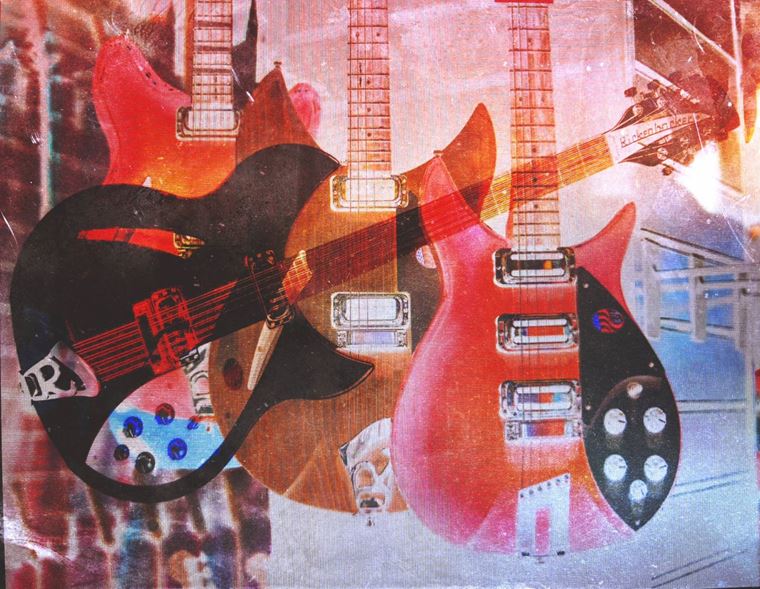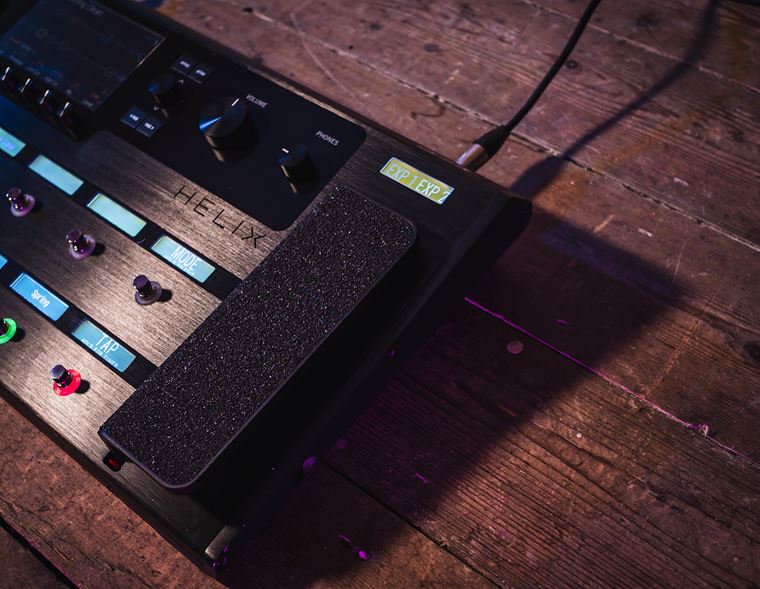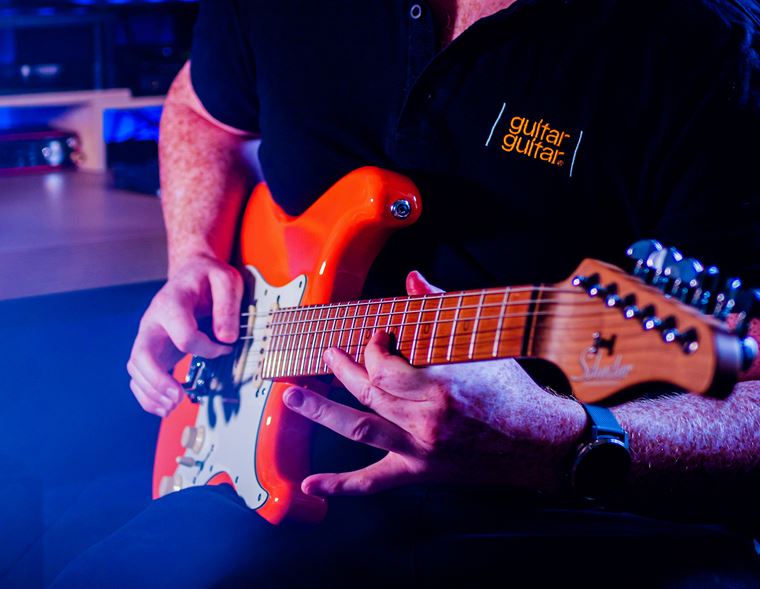5 Most Famous Home Recorded Albums
Are all great albums born in expensive studios?
Home recording is more normal now than ever, but even in the ‘glory days’, some artists chose to record away from thousand-dollar-a-day studios, preferring to hone and sculpt their art in a more intimate environment.
Home is where most of today’s artists get their start in terms of recording, but lots of recognizable stars have deliberately made great works in home studios, whether that allowed them more time, space or just the correct headspace to go deep into their work.
Today, I’ll look at a few notable records that were recorded far from the red light of the studio ‘record’ sign. These albums all vary wildly in terms of style and content, proving that your ambitions needn’t be hindered by your means.
Contents
Can You Make an Album at Home?
The Basement Tapes - Bob Dylan & The Band
The Downward Spiral - Nine Inch Nails
Can You Make an Album at Home?
Before I progress onto the stories of these famous home-recorded albums, it’s worth tackling the question of whether you can record your own album at home.
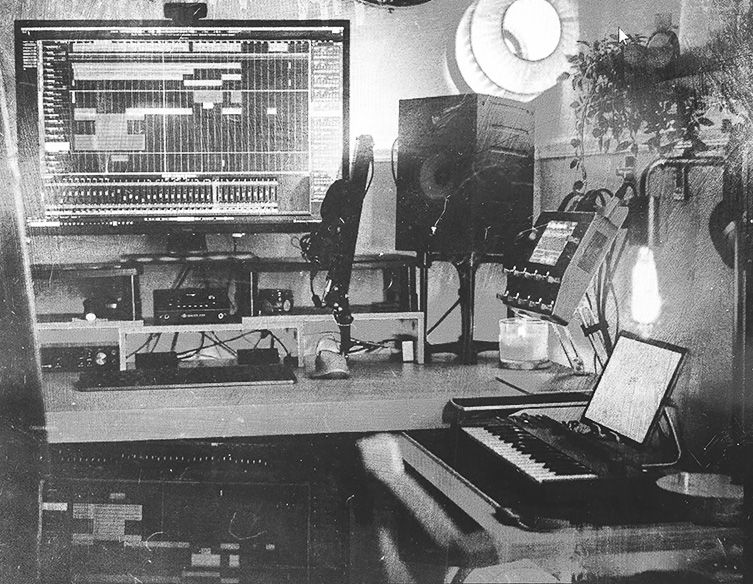
The answer is an unequivocal ‘yes’. You can record a fully professional sounding set of songs at home without spending a fortune. With a few pieces of equipment, you’ll be able to create a recording that will compete with anything from an expensive studio, depending on how you go about it. Have a look at our home recording blog for more specific detail, but generally speaking, if you have the following, you’re good to go:
- Reasonably powerful laptop or desktop computer
- Audio interface
- Microphone (condenser, dynamic or both)
- DAW Software & Plugins
- All of this stuff is available in a range of prices from affordable to high-end. Choose what you like and can afford, and get started!
There are so many benefits to recording your music at home. Here are a few:
- No hourly rate to give you stress and cost you literally thousands of pounds
- Record whenever it suits you, at any time of the day
- No time limit means you can experiment with approaches and techniques, with no concerns about wasting time
- If you aren’t ‘feeling it’, just go and do something else, then come back another time!
- The quality available today is absolutely on par with ‘professional’ results thanks to more powerful computers and more realistic software for drums and samples
There are more benefits, but those are enough to convince a great many of us that home recording is well worth it. Now, on to the stories of some famous home-recorded albums!
Nebraska - Bruce Springsteen
Nebraska is probably the most famous ‘home made’ album of all. This was The Boss’ sixth album, coming after widescreen classics such as Born to Run and Darkness of the Edge of Town. Quiet, subtle songs were not necessarily what Springsteen was known for, but it’s obviously what he wanted to write on this occasion.
There is definitely a change on this record, and whilst the audio difference is obvious (and I’ll get to that in a second), the themes and writing are different too. Up until Nebraska, Springsteen’s songs were strident bursts of energy and passion; this new set of songs, by contrast, concerned themselves with downtrodder blue-collar workers and serial killers on death row. Pretty different!
Initially, Bruce decided to demo his songs with a small, unsophisticated Teac 4-track recorder. He’d record his guitar and voice at the same time onto two of the tracks, and use the remaining two tracks to overdub some simple keyboard lines, additional guitar or backing vocals. In every way, it was a low-key, understated record.
The idea was always to take these demos to the E-Street band and work them up into full ‘Bruce Springsteen’ songs, but the more tha the and others listened to the demo tape, the more it became clear that the album was right there. Bruce had been carrying around that cassette tape in his back pocket for weeks, thinking nothing much of it. When it dawned on his team that this was effectively his new album, they carefully took his grotty cassette and went to work on a meticulous post-production process to bring the audio quality up to snuff for a major release.
Nowadays, Nebraska is regarded as one of his very best records. Not bad for a home demo!
Boston - Boston
Tom Sholz is a crafty chap indeed. After getting record company interest in his band Boston, he agreed to their stipulation of recording the band’s debut in Los Angeles, but in fact did all of the work in the basement of his Massachusetts house instead.
Sholz basically recreated his band’s demo tape with little more than a 12 track recorder and mixing console. He had a drum kit and an organ stuffed into a corner of said basement, and performed those immortal 12-string parts from More Than A Feeling on a ‘$100 Yamaha’.
It’s worth noting that Sholz was something of an inventor as well as a songwriter, so he was able to factor lots of innovative analogue effects devices into his engineering.
There actually was another producer involved - John Boylan - and his expertise lay both in getting great vocal tapes and in knowing when to just let Sholz get on with things and stay out of his way.
The result was one of the best-selling debut albums in history.
The Basement Tapes - Bob Dylan & The Band
The mercurial Bob Dylan was and is an unpredictable man. After becoming a folk demigod, he ‘went electric’ to a chorus of (kind of absurd) disapproval, touring with a backing band that would later find huge fame as The Band.
Going back ever-so-slightly though, in 1965-7, The Band were called The Hawks (they’d been backing band to Ronnie Hawkins) and spent a lot of time with Dylan in Woodstock, New York. They’d done the ‘judas’ electric tour and Dylan was convalescing after suffering a motorcycle accident where he cracked some vertebrae and had a mild concussion. Taking him out of the game for months, he realised that he might for once need some help to get the songs that were forever in his head out into the world. The group of musicians decided to casually work on some music in the basement of a home known as Big Pink due to its size and colour.
These informal sessions were particularly fruitful, resulting in 24 finished original tracks with all but 8 being sung by Dylan. The team actually recorded significantly more than this, because they also had fun with covers and traditional songs, too. In terms of the recording process, The Band’s Robbie Robertson said this:
"One of the things is that if you played loud in the basement, it was really annoying, because it was a cement-walled room. So we played in a little huddle: if you couldn't hear the singing, you were playing too loud."
As I mentioned, Bob’s an unpredictable man, and so, even though there was unanimous approval for the new material, he decided not to release anything straight away. These were home recordings, after all, and the recording quality reflected that.
This didn’t stop the bootleggers getting hold of it and making unofficial releases though, which eventually forced Dylan’s hand into a release. When I say ‘eventually’, we’re talking EIGHT years later, in 1975, right around the time The Band had gotten huge, developed drug problems and were talking about calling it a day with The Last Waltz.
The Downward Spiral - Nine Inch Nails
It’s difficult to know whether to believe NIN main man Trent Reznor or not when he says he had no idea about the history of his chosen recording location for The Downward Spiral. Moving to Los Angeles to create the follow up to his aggressive Broken EP, Reznor scouted a few possible homes in the Hollywood Hills as potential studios, preferring to have a quiet residential space where he could take his time recording.
The place he chose was a beautiful ranch-style house with plenty of land around it. It looked like the perfect place to get away from the distractions of the city and dive into some deep recording sessions.
The address was 10050 Cielo Drive, a location that would be ghoulishly familiar to anyone who has read Helter Skelter. This was the place lived in by Roman Polanski and his wife Sharon Tate. This was where, on the night of 8th August 1969, Tate and four others were murdered by the Manson Family.
Reznor moved into the long-vacant house in 1993 and commenced work on his record. It wasn’t long before unusual activities occurred, including computers shutting down and tapes mysteriously erasing themselves. Reznor and co nervously laughed it off, but it got altogether more real when Tate’s sister showed up one day:
“While I was working on Downward Spiral, I was living in the house where Sharon Tate was killed. Then one day I met her sister. It was a random thing, just a brief encounter. And she said: 'Are you exploiting my sister's death by living in her house?' For the first time, the whole thing kind of slapped me in the face. I said, 'No, it's just sort of my own interest in American folklore. I'm in this place where a weird part of history occurred.' I guess it never really struck me before, but it did then. She lost her sister from a senseless, ignorant situation that I don't want to support. When she was talking to me, I realised for the first time, 'What if it was my sister?' I thought, 'Fuck Charlie Manson.' I went home and cried that night. It made me see there's another side to things, you know?”
The Downward Spiral is frequently considered NIN’s greatest album, and celebrates its 30th anniversary this year.
Odelay - Beck
Beck Hansen was known as a tastemaker back in the day. His decision to record with production duo The Dust Brothers (Beastie Boys, Fight Club soundtrack) looks like another savvy move in hindsight, but I wonder if he knew at the time that it would be a home made affair?
Odelay - the album that really cemented Beck’s career - was actually his sixth release, and he’d already written the material on acoustic guitar with other producers by the time he collaborated with the Dust Brothers.
Their sample-based approach to production, mixed with their old, clapped-out equipment, meant that there were often long breaks to endure whilst their slow Pro-Tools set up rebooted. During these times, Beck would sift through the Brothers’ home record collection and find what became lots of the album’s resulting samples and textures.
Odelay ended up being a hybrid cut-and-paste masterpiece, with a range of styles and sounds on board. It was all created in a Los Angeles apartment, has sold over 2 million copies and is often named one of the best albums of the 90s.
What are you waiting for?
All of these incredible, hugely successful albums were made at the homes of those artists or producers involved. Whilst some of them had undoubtedly expensive gear on hand, others didn’t, and each of them made artistic statements that have lasted the distance.
I hope this article gives you both the proof and the motivation that this can be done, by you, right now! Technology is better than ever, and in fact we’ve never had such power available at our fingertips, and at such affordable prices.
Now is the time for your music. Take the lead from Springsteen, Sholz, Dylan, Reznor and Beck: know that you can make the music you want to make. Good luck!
Click to Browse our Home Recording Equipment


